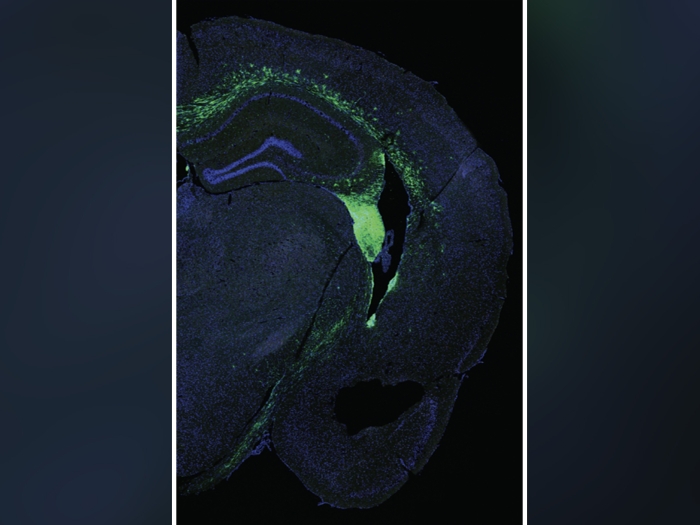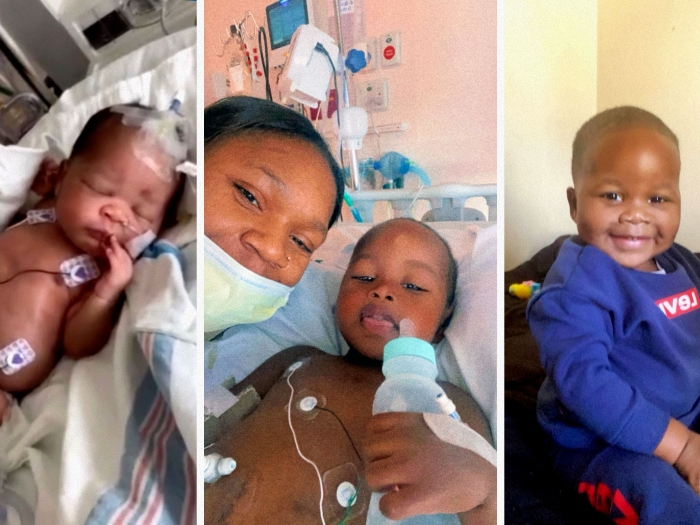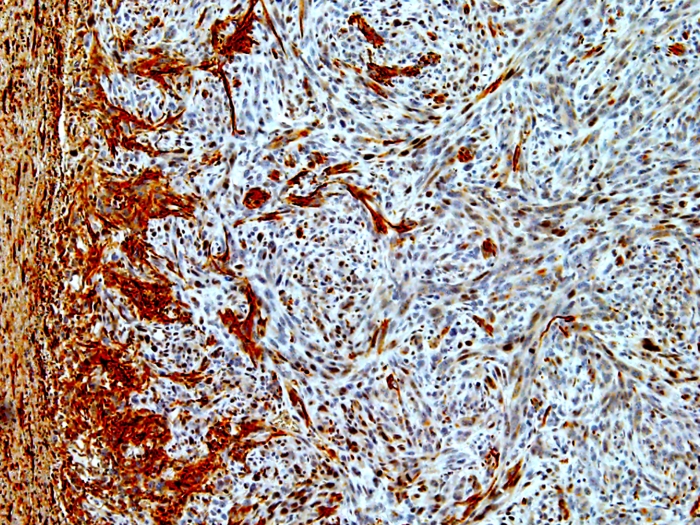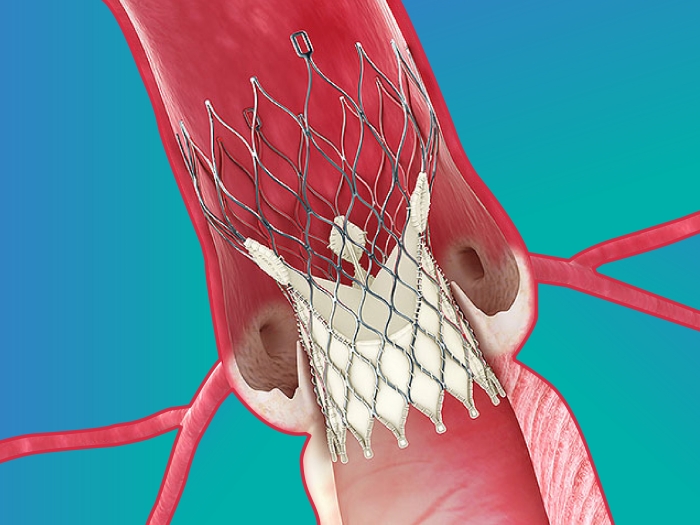Patients with kidney disease have better long-term transplant success when they avoid dialysis and receive a kidney from a living donor. But a new study shows that these “timely transplants” remain elusive.
3:01 PM
Author |

For patients with kidney disease, long-term transplant success improves when they can avoid dialysis and receive a kidney from a living donor.
SEE ALSO: For Pediatric Transplant Patients, Adherence Is Key
Unfortunately, new University of Michigan research shows only about one-third of patients with living donor transplants received their new kidney before starting dialysis.
Ankit Sakhuja, M.B.B.S., assistant professor and director of the kidney paired donation program at the University of Michigan, was the paper's co-author with colleagues from the Mayo Clinic. We spoke to Dr. Sakhuja about his findings, published in the American Journal of Transplantation, and about what physicians can do to improve these "timely transplants."
Q. Research shows that the less time patients spend on dialysis, the more successful their kidney transplants will be. Why?
Dialysis, though a life-saving therapy, is a less-than-perfect modality to treat kidney failure. Therefore, the longer the patients wait on dialysis for a transplant, the longer they are exposed to chronic effects of kidney failure and dialysis, including things like heart problems and infections. Poor nutrition and chronic inflammatory state associated with dialysis could also predispose patients to worse outcomes after transplant.
Timely referral is the key —timely referral to a nephrologist when kidney disease is suspected and later to a transplant center for evaluation of transplant.Ankit Sakhuja, M.B.B.S.
Q. You examined data of 68,128 patients who received living donor kidney transplants from 2000 to 2012. What did you find?
Preemptive transplants (before a patient starts dialysis) constitute a small portion of total transplants in the country. One of the reasons for that is that there aren't many patients who have a living donor. Patients with no living donor may need to wait for a deceased donor organ, but those receiving transplants from compatible living donors, theoretically, should not need to wait on dialysis at all. But in reality, in the study, we saw a wide variation in the timing of transplants. In fact, only about a third (32.6 percent) of living donor transplants were performed preemptively, and less than two-thirds (61.9 percent) of transplants were done either preemptively or within a year of starting dialysis.
Q. Why do you think that is?
Our study was not designed to look into the reasons of lack of utilization of timely kidney transplants, but the factors that influence a person's chance of receiving a timely living donor transplant are thought to include delayed diagnosis of kidney disease, delayed referral to a nephrologist and transplant center, lack of education and knowledge about transplants and preemptive transplants, lack of insurance,and lack of timely availability of living donors.
Q. Your data also showed that transplants before dialysis and within one year of starting dialysis grew between 2000 to 2006, but stalled from 2006 to 2012. Why do you think they stalled?
That's a great question. This is a finding that surprised us. It is very difficult to speculate the reasons behind it, but it is nonetheless an important finding that at this point I can only say merits further research.
Q. What can practitioners do to improve these numbers?
Dialysis should be seen more as a bridge to transplant.
Though there are many aspects that need to be improved on, timely referral is the key — timely referral to a nephrologist when kidney disease is suspected and later to a transplant center for evaluation of transplant. I believe educating people on the benefits of living donor transplants, in comparison to deceased donor transplants, and communication with family and friends about their need for a kidney transplant is also a very important aspect in which practitioners can help.

Explore a variety of health care news & stories by visiting the Health Lab home page for more articles.

Department of Communication at Michigan Medicine
Want top health & research news weekly? Sign up for Health Lab’s newsletters today!




